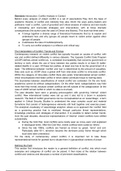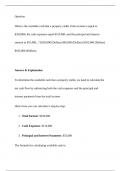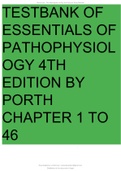Samenvatting
Summary Literature Conflict Analysis course
- Instelling
- Universiteit Utrecht (UU)
Summary of the literature for the course Conflict Analysis from the Conflict minor at the UU. The summary contains: Introduction: Conflict Analysis in Context, Demmers/ Categories, Trends and Evidence of Violent Conflict, Cramer/ The Structure of International Conflict, Mitchell/ Mobilization for c...
[Meer zien]






